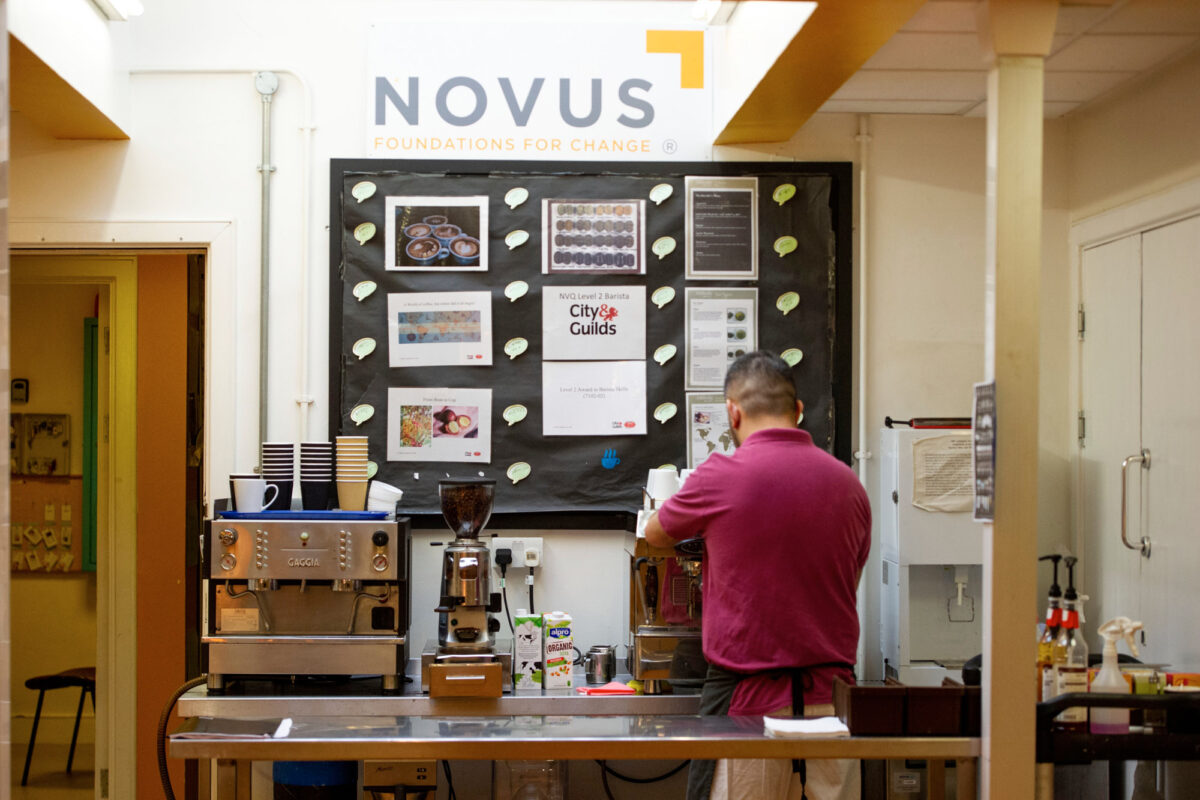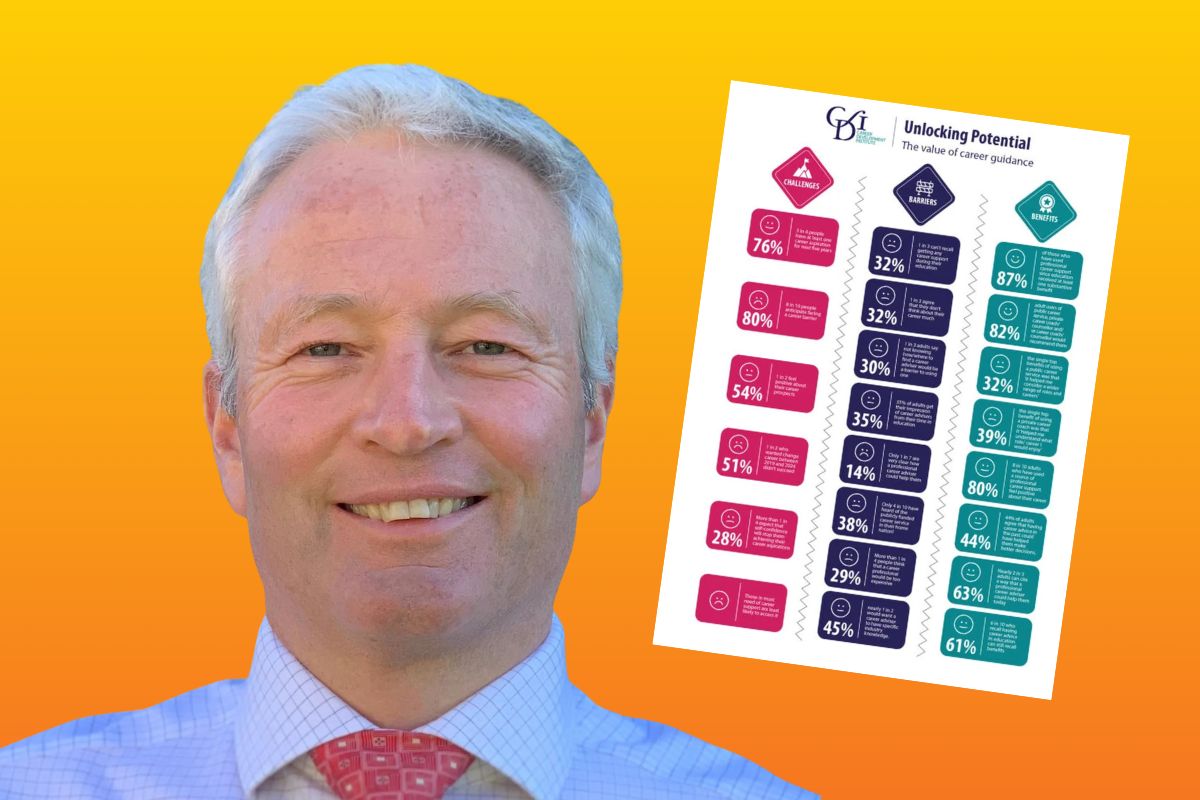Forbes Advisor’s Student Cost Of Living Index – 2022

Forbes Advisor’s Student Cost Of Living Index – 2022
- After bills, almost a quarter (23%) of students have less than £100 per month left to live on.
- Over half (53%) of students revealed they are paying more on rent than last year
- Three quarters (78%) of students are worried about the cost of living crisis and seven-in-ten (70%) said they feel impacted by it
- 82% of students who have credit cards and 72% who have overdrafts, rely on them to pay for their priority bills and food
Forbes Advisor, the comparison and financial guidance platform created a student cost of living index, surveying students across the country to find out how the cost of living crisis is impacting the student demographic.
Over three quarters (78%) of students revealed that they are worried about the cost of living crisis and 70% said they feel impacted by it.
For the vast majority, going to university will be their first time living away from home and managing their own budgets. This, in itself, can be a significant challenge, but for the students of 2022, it’s set against the backdrop of the worst cost of living crisis seen for decades.
Two-fifths (41%) of students surveyed decided to live at home instead of going into university accommodation, as a direct result of the cost of living crisis, missing out on a key right of passage. Of those living in university accommodation, one-in-five said that, had they known about the effect of the cost of living crisis, they would have stayed at home and attended a local university instead.
More than half (53%) of students who are already at university and living in private rented accommodation reported that their rent is more expensive than it was last year.
| University City | Average monthly rent increase since Sept 2021 |
| Manchester | £224 |
| Cardiff | £199 |
| Liverpool | £190 |
| Edinburgh | £165 |
| London | £152 |
Unsurprisingly, over a third (35%) of students revealed that their main source of income was money from their maintenance loan and having a job alongside their studies, while some (33%) used money from their savings.
More than a quarter (28%) of students said that their parents provided the main source of their income, despite the fact that almost 60% of students surveyed came from households with combined incomes of £50,000 a year or less. A quarter (25%) of students’ households had total incomes of £25,000 a year or less.
More than two-thirds (68%) of students who have jobs at university revealed they work between 11 and 25 hours a week alongside their studies, to earn enough money to live. One-in-five (19%) students say they would have worked full time, instead of going to university due to the cost of living crisis.
Two thirds (69%) of students revealed that they have less than £300 a month to live on, after priority bills and 23% have less than £100
Four fifths (82%) of students who have credit cards say they rely on them to pay their priority bills and food while a third (36%) use them for social and leisure activities. When looking at overdrafts, three-quarters (72%) of students who have them said they rely on them for priority bills and food – this jumps to nearly all (94%) of students aged between 25 and 34. While around a quarter of all students (22%) use overdrafts for social and leisure activities.
Forbes Advisor also asked university students how their spending has changed, due to the cost of living crisis – 44% revealed they were going out less, 29% said they are buying less food and 46% have cut down on takeaways.
| What students are spending less on | % |
| Takeaways | 46% |
| Buying clothes | 45% |
| Going out | 44% |
| Selfcare (beauty, hair cuts, manicures etc.) | 38% |
| Public transport & taxis | 29% |
| Buying food | 29% |
| Health and fitness (gym memberships, healthy foods etc.) | 29% |
| Visiting friends and family | 22% |
| Petrol and diesel | 21% |
| Heating | 21% |
| Source Forbes Advisor |
Laura Howard, personal finance expert at Forbes Advisor said:
“Rents in major university cities are soaring, while the cost of heating and food shopping are at record highs. Train fares to and from home can amount to hundreds of pounds, while students lucky enough to have a ‘first car’ will be facing costs of around £100 just to fill up the tank.
“Even the age-old student cliche of eating ‘beans on toast’ for dinner doesn’t stand anymore, with a tin of Heinz baked beans costing £1.20 in all the major supermarkets.
“It’s little surprise then that our research found that a staggering 78% of students are worried about the cost of living crisis, while 70% said they are impacted by it.
“But, sadly, rising prices are also taking the shine off the student experience, with 44% of students cutting back on going out and socialising – a major part of student life for their predecessors. Many more students are having to spend less on absolute essentials ranging from food to hot water.
“Furthermore, the increasing number of students who are relying on debt to get by day-to-day are likely to face higher interest rates when leaving university.
“By their very nature, student households are full of young people who are getting to grips with being independent and paying bills for the first time. This is hard enough in itself but for the generation of the cost of living crisis, it seems the odds are stacked well and truly against them.”
Methodology:
Forbes Advisor – OnePoll Survey data – 1,000 current UK students – September 2022
Forbes Advisor Student cost of living index 2022 – URL – https://www.forbes.com/uk/advisor/banking/student-money-hub/











Responses